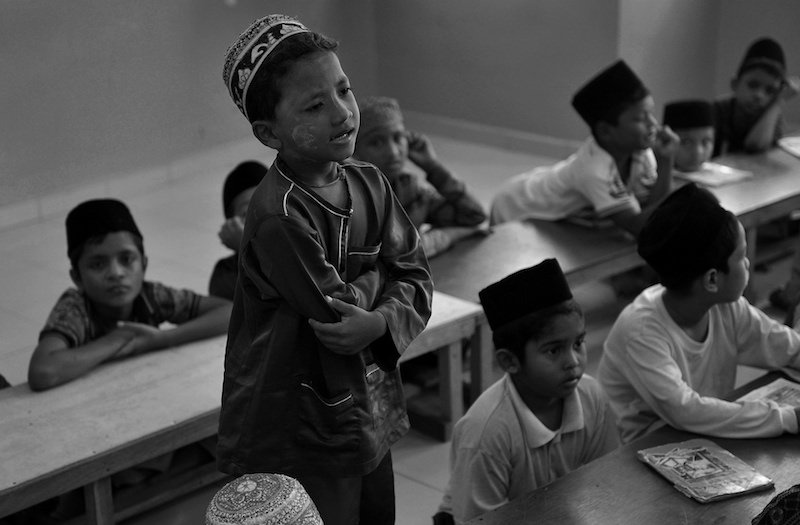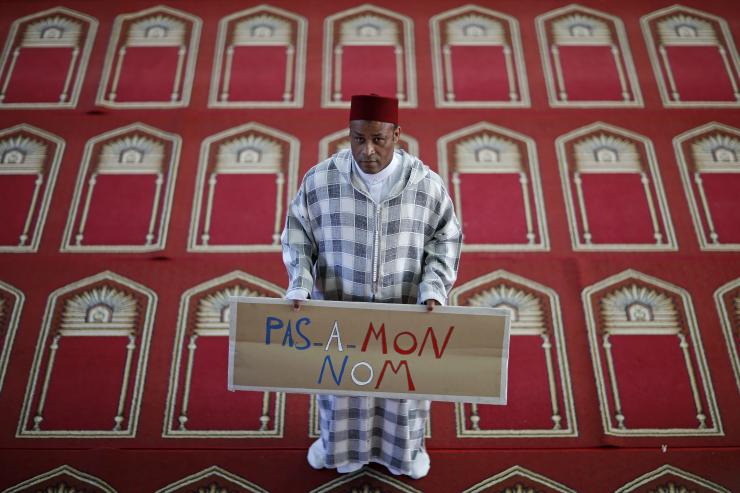From the early 1970s, the Muslim Rohingya community has constantly been under persecution in Myanmar. While the Rohingya can trace their origins to the Rakine territory when Myanmar was part of Colonial India, the Myanmar governments have refused their claim and believe they are a stateless population. They are denied citizenship and because of the notion that the Rohingya are illegal immigrants that were originally from Bangladesh, they cannot travel and have limited access to education.
Recently, they have been facing severe oppression and many have been forced to flee. The brutality of the Myanmar military has been condemned by the UN, who has stated that the military regime is committing “ethnic cleansing”. Myanmar authorities have denied these allegations. They argue that they are attacking terrorists that hide in the Rohingya villages and creating a deterrent against the violence against the military in areas near the Bangladeshi border. This is contrary to the evidence from fleeing refugees who have disturbing accounts of the Myanmar military committing mass rape and murder, the satellite images of Rakine that display razed down Rohingya villages, and the blocking of international aid into the affected regions.
The military operation has increased in severity in the past year. In order to escape from these conditions, many Rohingya are travelling by foot or boat to places such as Bangladesh, Thailand, Malaysia and Indonesia. Most live in very poor conditions there as the countries are either unwilling or unable to support the vast migrant population. Labelled as an illegal population in their home country and unwelcome in other countries, the Rohingya are facing increasingly desperate conditions and there seems to be no place that they can go.
Response from Neighbouring Countries
Rohingya are exploited in the migrant trafficking industry in Myanmar. Migrants are exported to Thailand and Malaysia where they live in slums. In May 2015, the discovery of a mass grave containing Rohingya bodies in Thailand prompted a severe rebuke from human rights agencies. Thailand contains most of the trafficked migrants, where they are used as slaves in the fishing industry.
In Malaysia, more than 90 percent of registered refugees identify as Rohingya. However, Malaysia does not allow refugees to work, which leaves most Rohingya unable to take care of themselves without aid. In November, the Malaysian president criticized the leader of Myanmar Aung San Suu Kyi for “allowing genocide” and has led a protest rally to raise awareness about the situation.
Indonesia is another nation that Rohingya have fled to. In 2015, they agreed to accept more Rohingya, but only until they can either be sent back to Myanmar or resettle in a different country. The Council on Foreign Relations reports that the number of migrants there are relatively small compared to other nations, with the country accepting 1000 refugees which have protection under the UN Refugee Agency.
The largest population of Rohingya refugees are in Bangladesh. In recent weeks, 10 000 Rohingya have entered Bangladesh, according to the UN. Bangladesh is hesitant about assisting the migrants, and the Bangladeshi military have increased their patrols in land borders and the Nafs river. Amnesty International reports that Bangladesh is ‘forcibly pushing back in flagrant violation of international law’ by detaining migrants and forcing back asylum seekers. Others who have managed to remain in Bangladesh remain in small camps in Cox’s Bazar with very little food and water. Many need medical assistance. Prime Minister Sheikh Hasina has urged world leaders to assist migrants and ‘uphold their dignity’, but she should lead by example by welcoming the Rohingya to Bangladesh and alleviating the conditions in refugee camps.
The Lukewarm International Response: Will it End the Crisis?
The first response to the Rohingya crisis occurred, with the UN’s first response on July 27, 2012. It expressed concern over the reports of human rights violations, and called for an investigation. Fourteen governments are pressuring Myanmar to let aid into the Rakhine state in order to support the 160 000 civilians that are sponsored by the UN, including the 30 000 who were forced to leave their homes.
With the blocking of aid and exodus of migrants fleeing their homes, it is questionable as to why there has been only a limited international response to the Rohingya crisis. The UN and ASEAN (Association of Southeast Asian Nations) have been reporting on the atrocities. Myanmar has requested an emergency meeting with ASEAN leaders to address the crisis, but with the responses from Malaysia and Bangladesh, it is apparent that their neighbouring countries are less than willing to condone the state-based violence. In the past two months, national governments and the United Nations have stepped up their actions to assist the Rohingya, but it is clear that stronger warnings and international sanctions are needed to stop Myanmar.
Photo: “Rohingya” (2012) by Firdaus Latif via Wikimedia Commons. Licensed under CC BY 2.0.
Disclaimer: Any views or opinions expressed in articles are solely those of the authors and do not necessarily represent the views of the NATO Association of Canada.




